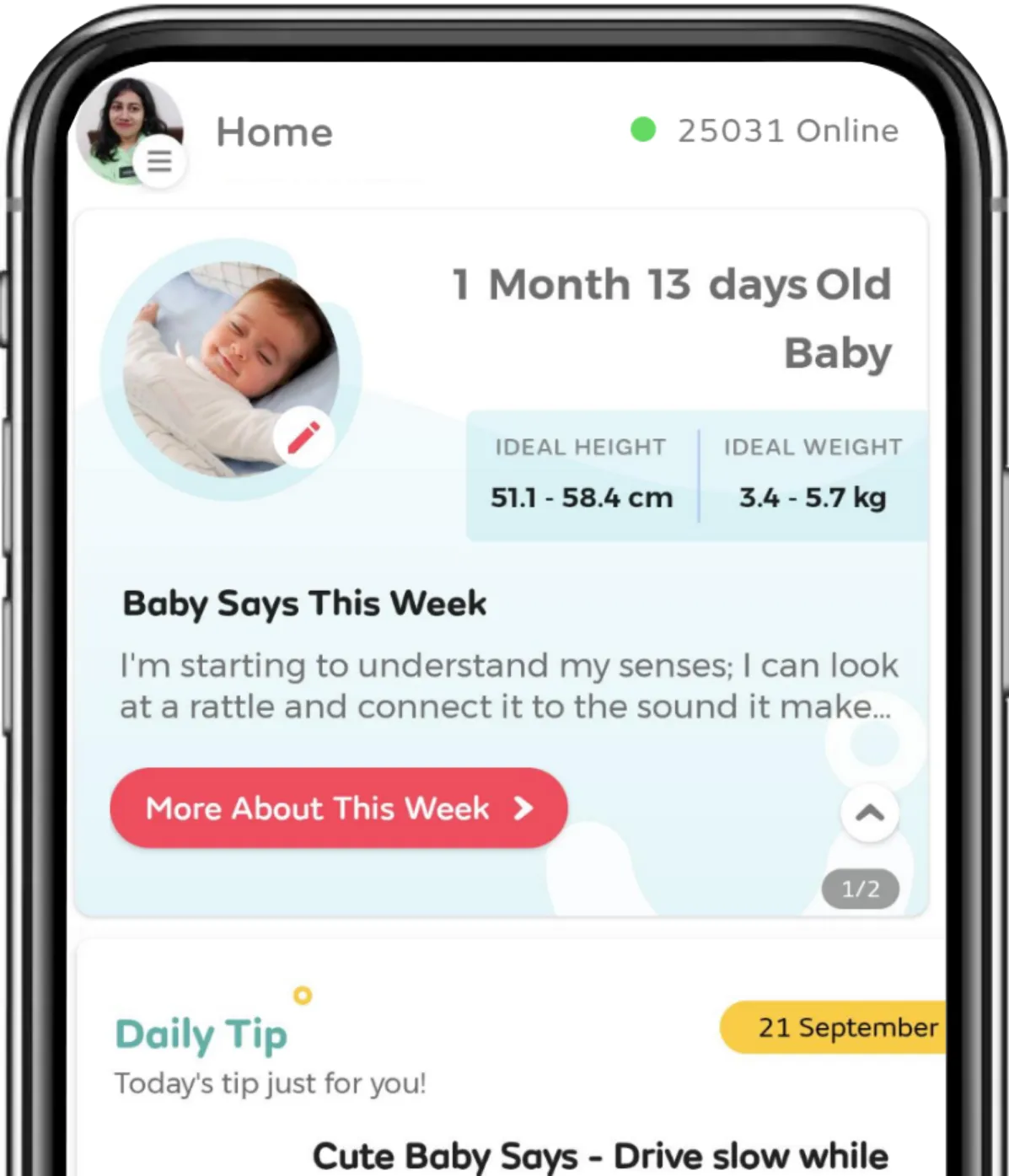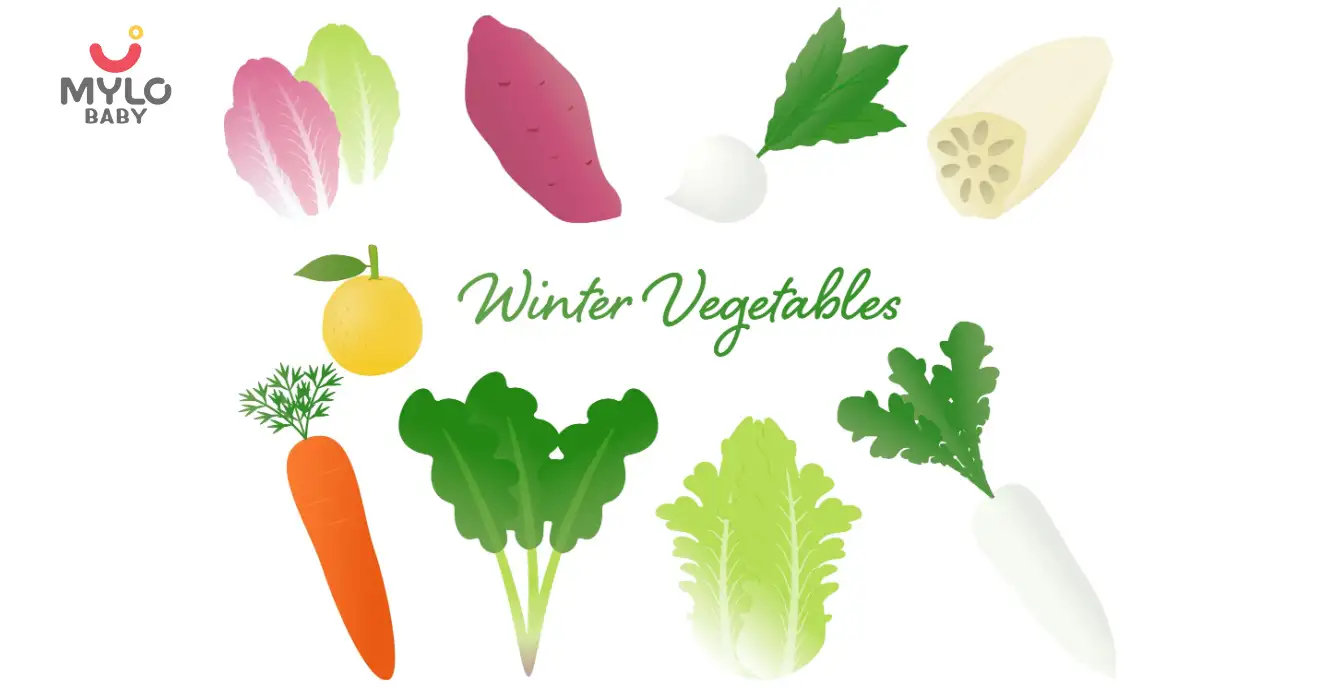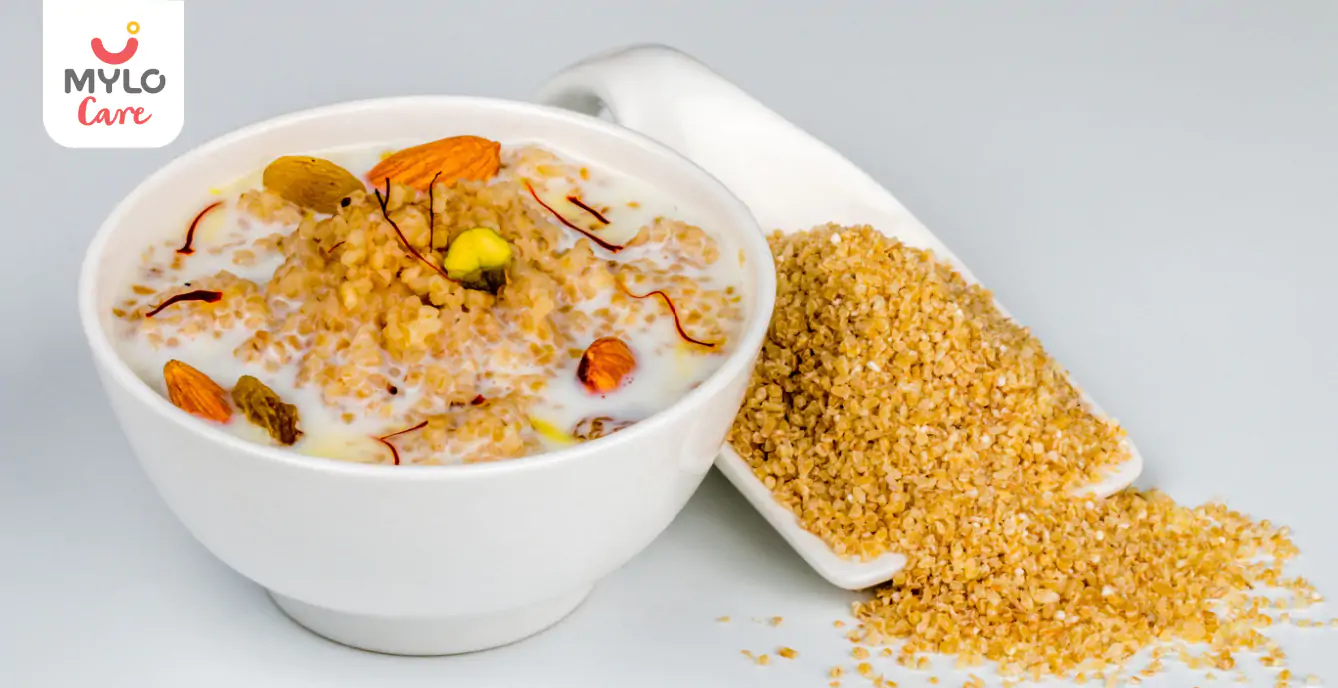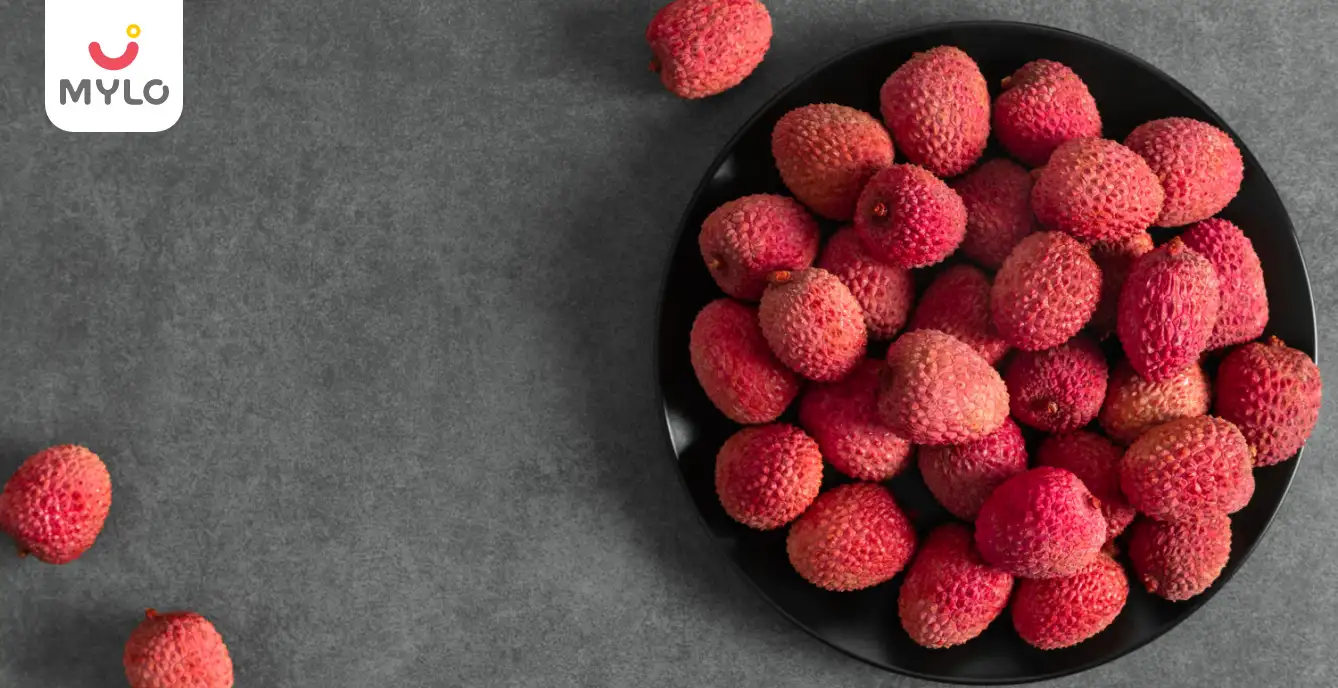Get MYLO APP
Install Mylo app Now and unlock new features
💰 Extra 20% OFF on 1st purchase
🥗 Get Diet Chart for your little one
📈 Track your baby’s growth
👩⚕️ Get daily tips

OR


Article Continues below advertisement
- Home

- The Ultimate Guide to Teaching Children 20 to 30 Tables
In this Article
- Benefits of Teaching Children Maths Table 20 to 30
- 1. Enhances Mental Math Skills
- 2. Improves Problem-Solving Abilities
- 3. Builds Numerical Fluency
- 4. Boosts Confidence and Motivation
- 5. Facilitates Quick and Accurate Calculations
- Table 20 to 30
- 20 Table
- 21 Table
- 22 Table
- 23 Table
- 24 Table
- 25 Table
- 26 Table
- 27 Table
- 28 Table
- 29 Table
- Tips to Teach Children Tables Upto 30
- 1. Create a Visual Learning Environment
- 2. Integrate Everyday Examples
- 3. Encourage Regular Practice
- 4. Use Mnemonic Devices
- 5. Celebrate Milestones
- Key Takeaways
Baby Care
 1644
1644The Ultimate Guide to Teaching Children 20 to 30 Tables
Updated on 31 January 2024
In today's digital age, where calculators and smartphones are readily available, it's easy to overlook the importance of teaching children math tables. However, mastering math tables, specifically 20 to 30 tables, can provide numerous benefits for young learners. This comprehensive guide will explore the advantages of teaching tables upto 30, provide effective strategies for teaching these tables, and offer key takeaways for parents and educators.
Benefits of Teaching Children Maths Table 20 to 30
Here are the key advantages of teaching kids tables 20 to 30:
1. Enhances Mental Math Skills
Mastering math tables from 20 to 30 enables children to perform mental calculations with ease. It strengthens their ability to quickly add, subtract, multiply, and divide numbers within this range. This mental agility not only boosts their confidence in mathematics but also helps them in real-life situations where quick calculations are necessary.
Article continues below advertisment
2. Improves Problem-Solving Abilities
Math tables act as building blocks for problem-solving skills. By teaching children tables from 20 to 30, they develop a solid foundation for handling more complex mathematical problems in the future. These tables provide a framework for logical thinking and enable children to break down complex problems into simpler, more manageable steps.
3. Builds Numerical Fluency
Fluency in math tables leads to increased numerical fluency overall. By memorizing and understanding the patterns in the 20-30 tables, children develop a stronger grasp of number relationships and operations. This fluency not only improves their math skills but also enhances their ability to analyze data, make predictions, and make informed decisions in various academic and real-world scenarios.
4. Boosts Confidence and Motivation
Mastering tables till 30 provides children with a sense of accomplishment and boosts their confidence in mathematics. As they progress through their education, this confidence translates into a positive attitude towards tackling more challenging mathematical concepts. Moreover, the feeling of success in mastering these tables motivates children to continue their math journey with enthusiasm and curiosity.
5. Facilitates Quick and Accurate Calculations
In today's fast-paced world, being able to perform quick and accurate calculations is a valuable skill. By teaching children 20-30 tables, they acquire the ability to calculate efficiently, saving time and minimizing errors. Whether it's calculating shopping expenses, measuring ingredients in a recipe, or estimating distances, these tables equip children with the necessary skills for practical applications in their daily lives.
You may also like: The Ultimate Guide to Teaching Children Tables 1 to 20
Article continues below advertisment
Table 20 to 30
Here's a quick overview of the 20 to 30 tables:
20 Table
20 x 1 = 20
20 x 2 = 40
20 x 3 = 60
20 x 4 = 80
Article continues below advertisment
20 x 5 = 100
20 x 6 = 120
20 x 7 = 140
20 x 8 = 160
20 x 9 = 180
Article continues below advertisment
20 x 10 = 200
21 Table
21 x 1 = 21
21 x 2 = 42
21 x 3 = 63
21 x 4 = 84
Article continues below advertisment
21 x 5 = 105
21 x 6 = 126
21 x 7 = 147
21 x 8 = 168
21 x 9 = 189
Article continues below advertisment
21 x 10 = 210
22 Table
22 x 1 = 22
22 x 2 = 44
22 x 3 = 66
Article continues below advertisment
22 x 4 = 88
22 x 5 = 110
22 x 6 = 132
22 x 7 = 154
22 x 8 = 176
Article continues below advertisment
22 x 9 = 198
22 x 10 = 220
23 Table
23 x 1 = 23
23 x 2 = 46
Article continues below advertisment
23 x 3 = 69
23 x 4 = 92
23 x 5 = 115
23 x 6 = 138
23 x 7 = 161
Article continues below advertisment
23 x 8 = 184
23 x 9 = 207
23 x 10 = 230
24 Table
24 x 1 = 24
24 x 2 = 48
24 x 3 = 72
24 x 4 = 96
24 x 5 = 120
24 x 6 = 144
24 x 7 = 168
24 x 8 = 192
24 x 9 = 216
24 x 10 = 240
25 Table
25 x 1 = 25
25 x 2 = 50
25 x 3 = 75
25 x 4 = 100
25 x 5 = 125
25 x 6 = 150
25 x 7 = 175
25 x 8 = 200
25 x 9 = 225
25 x 10 = 250
26 Table
26 x 1 = 26
26 x 2 = 52
26 x 3 = 78
26 x 4 = 104
26 x 5 = 130
26 x 6 = 156
26 x 7 = 182
26 x 8 = 208
26 x 9 = 234
26 x 10 = 260
27 Table
27 x 1 = 27
27 x 2 = 54
27 x 3 = 81
27 x 4 = 108
27 x 5 = 135
27 x 6 = 162
27 x 7 = 189
27 x 8 = 216
27 x 9 = 243
27 x 10 = 270
28 Table
28 x 1 = 28
28 x 2 = 56
28 x 3 = 84
28 x 4 = 112
28 x 5 = 140
28 x 6 = 168
28 x 7 = 196
28 x 8 = 224
28 x 9 = 252
28 x 10 = 280
29 Table
29 x 1 = 29
29 x 2 = 58
29 x 3 = 87
29 x 4 = 116
29 x 5 = 145
29 x 6 = 174
29 x 7 = 203
29 x 8 = 232
29 x 9 = 261
29 x 10 = 290
30 Table
30 x 1 = 30
30 x 2 = 60
30 x 3 = 90
30 x 4 = 120
30 x 5 = 150
30 x 6 = 180
30 x 7 = 210
30 x 8 = 240
30 x 9 = 270
30 x 10 = 300
Tips to Teach Children Tables Upto 30
Teaching children maths table 20 to 30 can be an engaging and rewarding experience. Here are some effective tips to help parents and educators in this endeavor:
1. Create a Visual Learning Environment
Utilize visual aids such as 21 to 30 tables charts, flashcards, and colorful posters to make learning the tables more interactive and enjoyable. Visual representations help children visualize the patterns and relationships between numbers, making the learning process more accessible and memorable.
2. Integrate Everyday Examples
Relate the table 20 to 30 to real-life situations to make the learning experience more practical and relatable for children. For example, while discussing the 25 times table, demonstrate how it can be used to calculate the total number of items in multiple packs of 25, such as candies or trading cards.
3. Encourage Regular Practice
Consistency is key when it comes to learning math tables. Encourage children to practice regularly, allocating dedicated time each day for table drills. This practice can be in the form of fun games, timed exercises, or interactive online resources that make learning tables till 30 more engaging.
4. Use Mnemonic Devices
Mnemonic devices can be helpful in memorizing the tables. Create fun and memorable phrases or rhymes that associate the numbers with familiar objects or concepts. For example, to remember the 27 times table, a mnemonic like "27 heaven" can be used.
5. Celebrate Milestones
Acknowledge and celebrate children's achievements as they progress in learning the tables. Whether it's mastering a specific table or improving their speed, recognizing their efforts boosts their confidence and encourages them to continue their math journey with enthusiasm.
Key Takeaways
Teaching children 20 to 30 tables offers numerous benefits. By creating a visual learning environment, integrating everyday examples, encouraging regular practice, using mnemonic devices, and celebrating milestones, parents and educators can facilitate a positive and effective learning experience for children. By investing time and effort in teaching these tables, we equip our children with valuable skills that will serve them well throughout their academic and personal lives.



Written by
Anandita Sharma
Drawing on more than a decade of expertise in administration, Anandita Sharma currently serves as a content operations e
Read MoreGet baby's diet chart, and growth tips

Related Articles
Understanding RSV And Its Long-Term Impact On Lung Health In Preterm Infants
Preventing Respiratory Syncytial Virus (RSV) In Preemies: Essential Steps For New Parents
How Respiratory Syncytial Virus (RSV) Impacts Premature Babies Differently: What Every Parent Needs To Know
Adverbs: A Comprehensive Guide to help small children learn the usage of adverbs
Related Topics
RECENTLY PUBLISHED ARTICLES
our most recent articles

Education
GK Questions for Kids from Nursery to Class 6
(3,716 Views)

Growth & Development
Height and Weight Chart for Boys and Girls in India
(38,755 Views)

Education
The A-Z Guide to Identifying Winter Vegetables for Kids
(1,764 Views)

Diet & Nutrition
Dalia in Pregnancy: A Superfood for the Health of Both Mom and Baby
(31,904 Views)

Birthday Parties
1st Birthday Wishes for Your Little One's Big Day
(8,490 Views)

Pregnancy Journey
The Ultimate Guide to Consuming Litchi During Pregnancy
(34,428 Views)
- Almonds in Pregnancy: Cracking the Nutty Secret to Their Benefits
- Popping the Question: Is It Safe to Indulge in Popcorn in Pregnancy?
- Cherry Fruit in Pregnancy: What Every Expectant Mother Should Know
- The Ultimate Guide to Consuming Pista During Pregnancy
- Sugarcane Juice in Pregnancy: Benefits & Precautions
- The Ultimate Guide to Consuming Mushroom in Pregnancy
- The Ultimate Compilation of GK Questions and Their Answers
- The Ultimate Compilation of 2 Letter Words for Children
- The A-Z Guide to Identifying Root Vegetables Names for Kids
- 11 to 20 Table: A Complete Overview for Children
- Tables 1 to 10: A Complete Overview for Children
- Can Herbal Supplements Boost Your Chances of Getting Pregnant?
- Sesame Seeds in Pregnancy: Nutritional Value, Benefits & Side Effects
- Betnesol Injection in Pregnancy: The Ultimate Guide to Benefits and Risks


AWARDS AND RECOGNITION
Mylo wins Forbes D2C Disruptor award
Mylo wins The Economic Times Promising Brands 2022
AS SEEN IN
















At Mylo, we help young parents raise happy and healthy families with our innovative new-age solutions:
- Mylo Care: Effective and science-backed personal care and wellness solutions for a joyful you.
- Mylo Baby: Science-backed, gentle and effective personal care & hygiene range for your little one.
- Mylo Community: Trusted and empathetic community of 10mn+ parents and experts.
Product Categories
baby carrier | baby soap | baby wipes | stretch marks cream | baby cream | baby shampoo | baby massage oil | baby hair oil | stretch marks oil | baby body wash | baby powder | baby lotion | diaper rash cream | newborn diapers | teether | baby kajal | baby diapers | cloth diapers |








